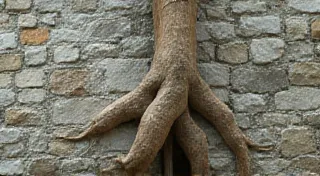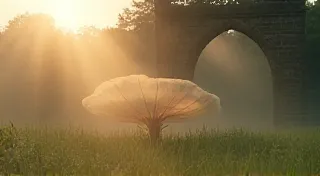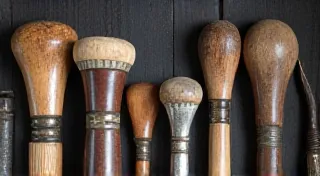The Silent Bloom: Capturing Ephemeral Beauty in Ink
There's a peculiar intimacy that develops when you begin to truly observe a plant. It's not merely noticing the greenness of a leaf, or the vibrancy of a petal, but delving into the intricate architecture, the subtle nuances of form, and the fleeting moments of change that define its existence. This appreciation is amplified when attempting to translate that observation onto paper with a pen and ink. It’s a process of profound stillness, a conversation held in silence between artist and subject. Like an antique accordion, patiently tucked away in an attic, a wilting petal holds a silent story, a history whispered through its fading color and delicate curves. My journey into botanical illustration began not with a grand ambition, but with a simple desire to understand – to record – these fleeting narratives.
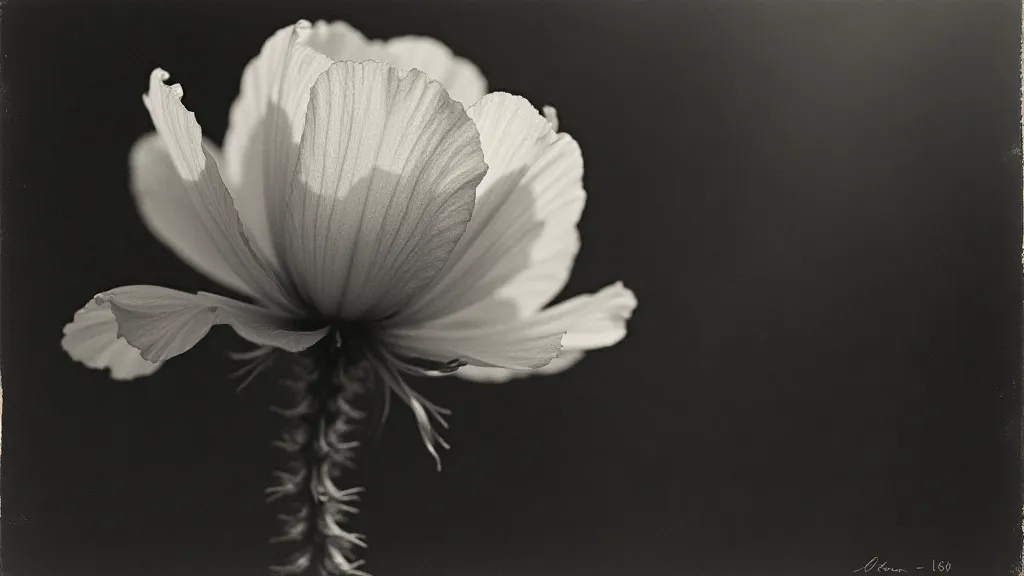
The Dance of Light and Shadow: Rendering Ephemerality
The beauty of a botanical illustration lies not just in replicating the form, but in capturing its essence. An accordion, neglected for years, tells its own story through the dust motes dancing in the light, the worn bellows, the slightly tarnished keys – imperfections that reveal a history of use and cherished moments. Similarly, a wilting petal isn't just a faded version of its former self; it’s a testament to the cycle of life, a poignant reminder of the transient nature of beauty. Rendering these subtle changes in ink requires a deliberate approach. It’s not about erasing the evidence of time, but highlighting it, celebrating it.
Think about rendering a dewdrop clinging to a leaf’s edge. It's not enough to simply draw a circle. You must consider the way the light refracts through the water, creating distortions in the background. You need to observe how the light reflects, how the droplet clings precariously, and how the surface ripples with the slightest movement. This requires careful observation and a willingness to experiment with techniques like stippling, hatching, and cross-hatching to create a sense of depth and luminosity.
Understanding Plant Anatomy: The Foundation of Botanical Accuracy
While artistic license certainly has its place, a solid understanding of plant anatomy is fundamental to botanical illustration. Like a skilled accordion repairman intimately familiar with the mechanics of the instrument, the illustrator must understand the underlying structure to accurately portray the surface appearance. Knowing how a leaf is arranged on a stem, understanding the venation patterns, and recognizing the internal structure of a flower all contribute to a more believable and impactful illustration.
Take, for instance, drawing a complex flower like a peony. It’s easy to get overwhelmed by the sheer number of petals. However, if you understand the way the petals spiral around a central point, the process becomes much more manageable. Each petal, while individually unique, contributes to the overall form. Drawing from life, and occasionally referencing botanical diagrams (found in older texts, particularly), helps build this understanding. It’s about seeing the flower not as a collection of separate parts, but as a unified whole.
Techniques for Rendering Textures: Beyond the Outline
The texture of a plant’s surface is often overlooked, but it's a crucial element in creating a realistic illustration. The velvety fuzz on a leaf’s underside, the waxy sheen of a petal, the rough bark of a stem – all contribute to the overall impression. Just as a vintage accordion’s bellows can be crafted from various materials, each imparting a unique feel and sound, different techniques can be employed to depict these textures in ink.
Hatching and cross-hatching are invaluable tools for creating the illusion of texture. Varying the density and angle of the lines can simulate everything from the soft down on a peach to the rough surface of a pine cone. Stippling, using tiny dots to create shading, can also be effective, especially for rendering delicate surfaces like flower petals. Experiment with different nib sizes and ink viscosities to achieve a range of tonal values and textures. Remember, it’s about creating the *impression* of texture, not a literal transcription.
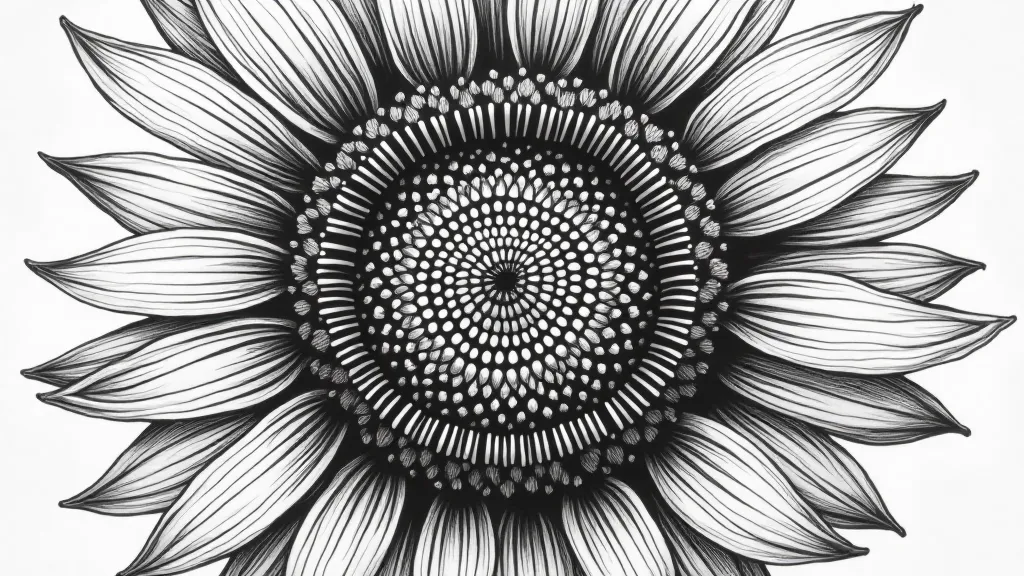
The Watercolor & Ink Combination: A Delicate Balance
While pen and ink can stand alone beautifully, the addition of watercolor can add a new layer of depth and complexity. It’s akin to finding a rare, functioning bellows for a beloved antique accordion – it breathes new life into the instrument. Watercolor can be used to add subtle washes of color, to soften harsh lines, or to create a luminous glow. However, it’s a technique that requires a delicate balance. The ink lines must be allowed to shine through, providing structure and definition.
Consider using waterproof ink for your initial linework to prevent the watercolor from bleeding. Applying the watercolor in thin, translucent layers allows the ink lines to remain visible. Experiment with different watercolor techniques, such as wet-on-wet and wet-on-dry, to create a range of effects. Remember, the goal is to enhance the ink drawing, not to cover it up.
Drawing Scientific Illustrations: Precision and Detail
Historically, botanical illustrations often served a scientific purpose. The meticulous detail wasn't merely an aesthetic choice, but a vital component in documenting plant characteristics for identification and classification. Similar to the precise repair of an antique accordion, requiring meticulous attention to detail and a profound understanding of its mechanics, scientific illustrations demand accuracy and clarity.
This style emphasizes precise rendering of all observable features, often including measurements and annotations. While artistic interpretation is minimized, a deep understanding of plant anatomy is absolutely crucial. These illustrations strive to provide a comprehensive visual record of the plant’s morphology.
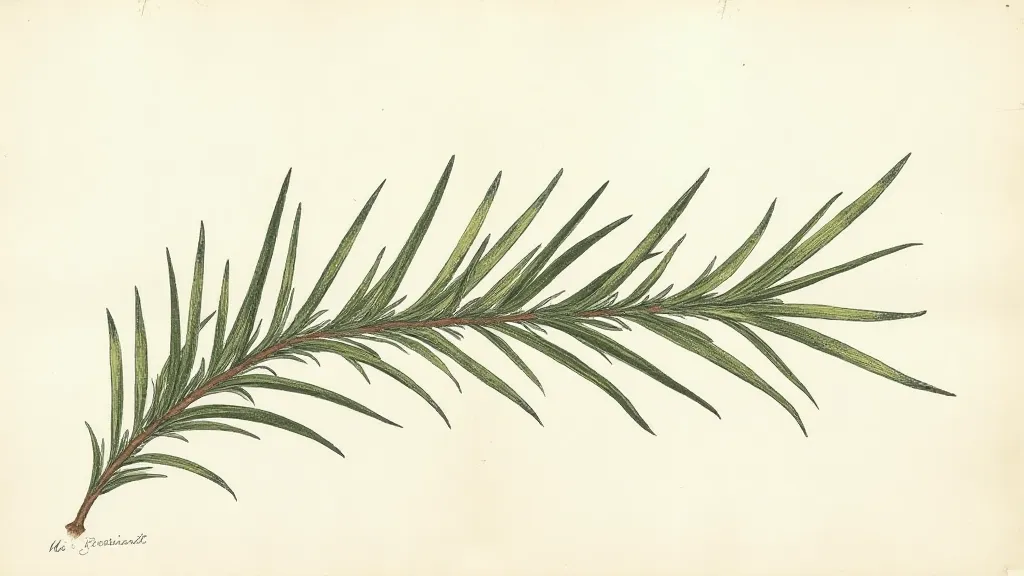
Finding Beauty in the Fleeting Moment
The process of creating a botanical illustration is more than just a technical exercise; it’s a meditative practice. It’s a chance to slow down, to truly observe the world around us, and to appreciate the ephemeral beauty of nature. Like finding a treasure in the carefully preserved mechanism of a forgotten accordion, each illustration reveals a new layer of understanding, a deeper connection to the natural world. Capture that silent bloom, that fleeting moment of beauty, and let your pen speak for the story that unfolds.



